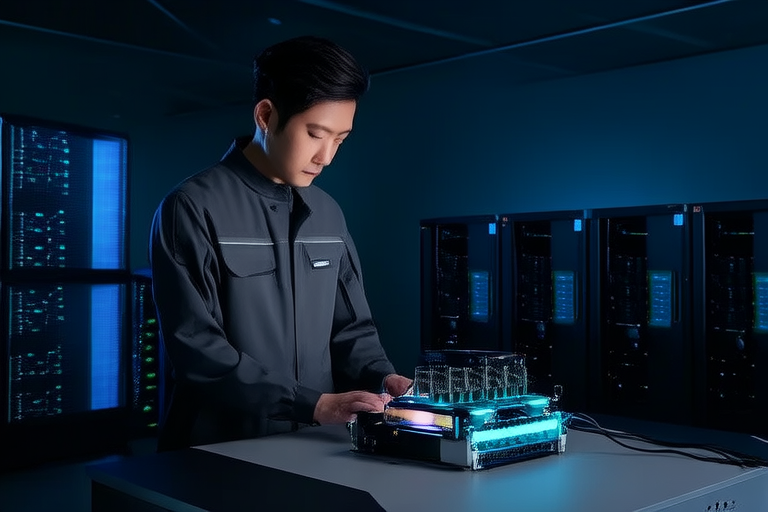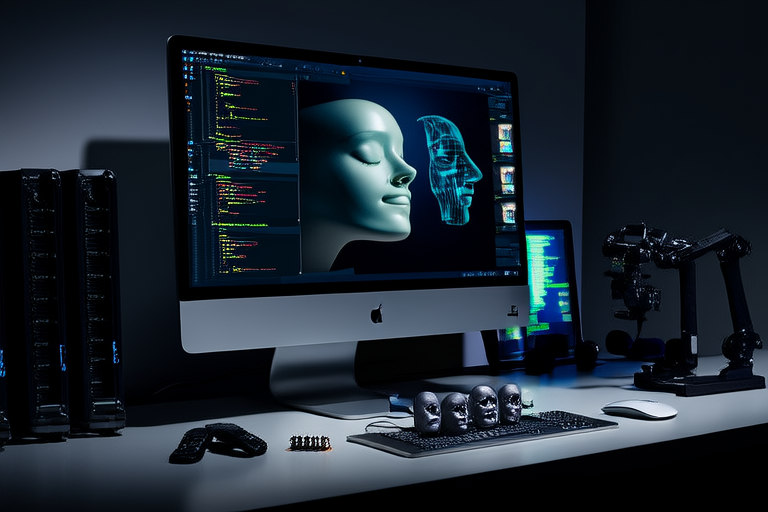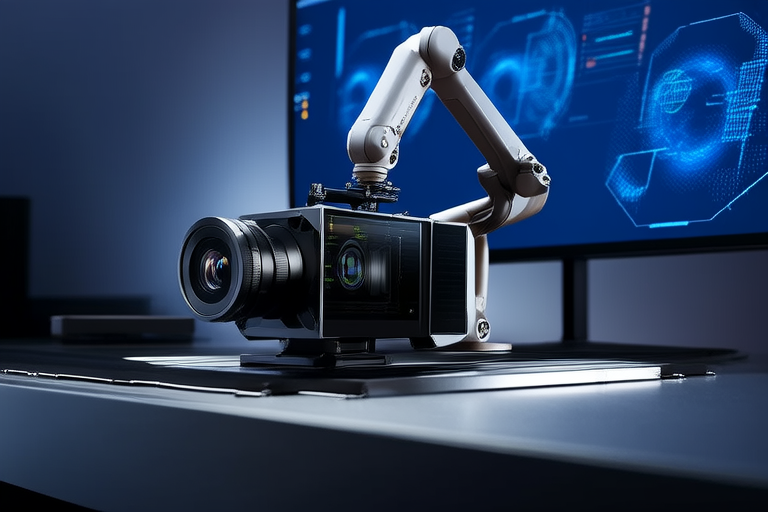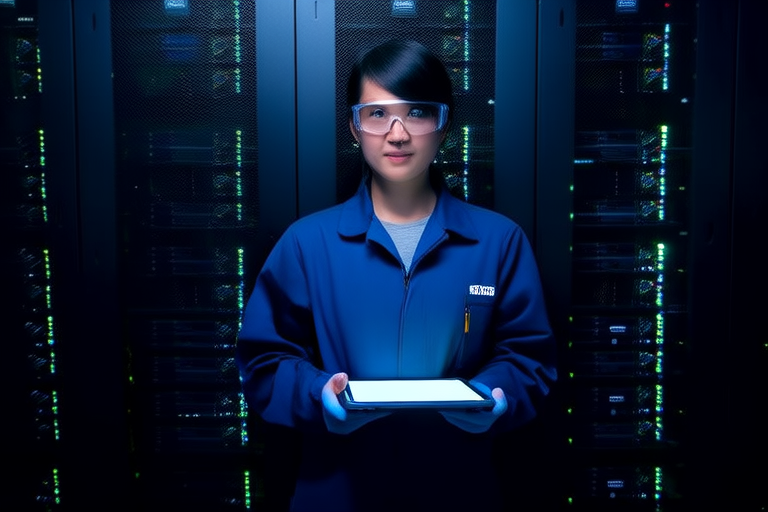Mastering Computer Vision: Key Trends Shaping the Tech Landscape
Introduction
Computer vision is an interdisciplinary field that combines techniques from artificial intelligence, engineering, and mathematics to enable machines to interpret and understand visual information from the world around them. This capability is pivotal in modern technology, underpinning applications ranging from facial recognition systems to autonomous vehicles. Over the past few decades, computer vision has evolved significantly, driven by advancements in computing power, algorithmic improvements, and the availability of vast amounts of labeled data.
Understanding the key trends in computer vision is crucial for professionals and enthusiasts alike. As this technology continues to permeate various sectors—from healthcare to retail—it becomes increasingly important to stay informed about its latest developments. This article explores the core concepts, emerging trends, challenges, and future outlook of computer vision, offering insights into its transformative impact on society.
Core Concepts
Image Processing: This involves manipulating digital images to improve their quality or extract useful information. Techniques include filtering, enhancement, and compression.
Object Detection: A process used to locate objects within an image and classify them into predefined categories. It forms the backbone of many applications, such as surveillance and robotics.
Facial Recognition: Utilizes biometric technology to identify individuals based on unique facial features. Commonly employed in security systems and social media platforms.
Deep Learning: An advanced subset of machine learning that mimics the structure of the human brain to process data. It powers much of today’s cutting-edge computer vision systems.
Convolutional Neural Networks (CNNs): Specialized neural networks designed for image analysis tasks. They excel at recognizing patterns and features within complex visual scenes.
Edge Computing: Refers to performing data processing closer to where it is generated, reducing latency and bandwidth requirements. Essential for real-time applications like augmented reality.
Emerging Trends
Advances in AI and Machine Learning Algorithms: Continuous improvements in these areas have led to more accurate and efficient computer vision models. New architectures, such as transformers, promise even greater performance gains.
Integration with IoT Devices: The proliferation of Internet of Things (IoT) gadgets has created numerous opportunities for integrating computer vision functionalities. Smart home appliances, wearable tech, and industrial sensors all benefit from enhanced visual capabilities.
Real-Time Processing Capabilities: Advances in hardware accelerators and optimized software frameworks allow for faster and more reliable real-time processing of video streams. This is critical for applications like live event broadcasting and remote monitoring.
Increased Focus on Privacy and Data Security: With growing concerns over personal data protection, there’s a heightened emphasis on developing secure and privacy-preserving solutions. Technologies like federated learning aim to address these issues while maintaining high accuracy.
The Rise of Autonomous Systems: Self-driving cars, drones, and other autonomous machines rely heavily on robust computer vision systems to navigate safely and efficiently. These systems must continuously adapt to changing environments and unexpected situations.
Use Cases Across Various Industries: From retail analytics to medical diagnostics, computer vision finds application in diverse fields. In healthcare, it aids in early disease detection; in manufacturing, it ensures quality control; and in entertainment, it enhances user experiences through interactive interfaces.
Challenges and Opportunities
Ethical Concerns: The deployment of computer vision raises ethical questions regarding bias, fairness, and transparency. Ensuring equitable treatment for all users remains a priority.
Computational Limitations: Despite significant progress, certain tasks still require substantial computational resources. Innovations in hardware design and optimization techniques are necessary to overcome these constraints.
Regulatory Hurdles: Navigating the legal landscape can be challenging due to varying regulations across different jurisdictions. Collaboration between technologists and policymakers will be vital moving forward.
Potential Opportunities for Innovation and Growth: The intersection of computer vision with other disciplines presents exciting possibilities. For instance, combining it with natural language processing could lead to smarter conversational agents. Additionally, leveraging quantum computing holds promise for solving complex problems faster than ever before.
Future Outlook
In the coming years, we can expect significant strides in both hardware and software aspects of computer vision. Next-generation processors optimized specifically for vision-related tasks will become more prevalent, enabling faster inference times and lower power consumption. Meanwhile, novel algorithms inspired by biological processes may unlock new levels of efficiency and adaptability.
Interdisciplinary collaboration will play a crucial role in driving innovation. By bringing together experts from fields like neuroscience, psychology, and sociology, researchers can gain fresh perspectives on how best to design systems that align with human needs and expectations. Furthermore, increased investment in education and training programs aimed at cultivating talent in this area will help ensure a steady supply of skilled professionals capable of pushing boundaries further.
Conclusion
As computer vision continues to evolve, staying abreast of its latest trends and developments is essential for anyone interested in this dynamic field. From enhancing everyday experiences to addressing pressing societal challenges, the potential applications of computer vision are vast and varied. By embracing these changes and working collaboratively, we can harness the full power of this transformative technology and create a brighter future for all.




